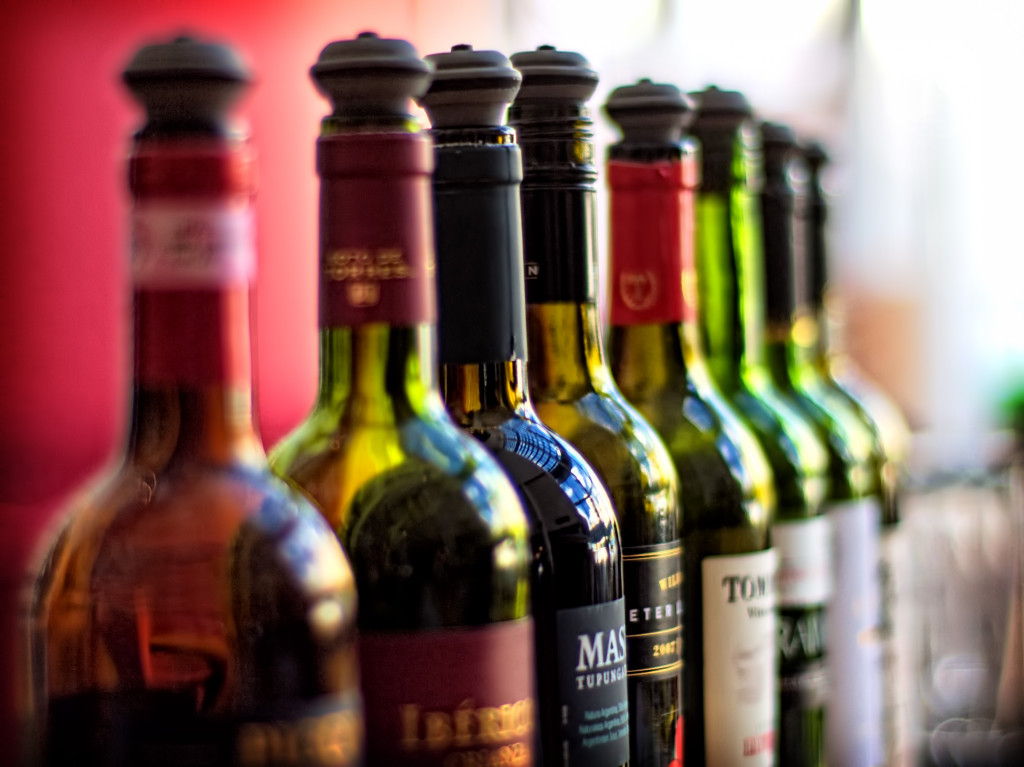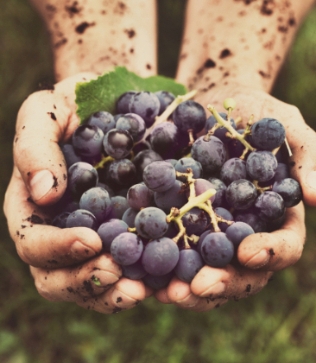Wine comes from many different regions across the world. Italy is one of the most popular regions with a wide variety of grapes and as a result, many different varieties of wine.
Producing both red and white, Italian wine has something to offer every palate. Here’s a list of the major Italian wine varieties:
White
Asti: sparkling, moscato grapes from Asti, sweet, low alcohol content, fruity, floral
Frascati: Trebbiano grapes, Frascati area, dry, light, crisp, subtle
Gavi: dry, medium, Cortese grapes from Gavi, crisp. slight notes of honey, apple, and minerals.
Pino Grigio: light, dry, crisp, subtle flavors, Pinot Gris grapes, Northeastern Italy
Soave: Veneto region, Garganega grapes, dry, crisp, light-medium, slight notes of pear, apple, or peach.
Verdicchio: dry, medium, crisp, mineral flavor, fresh, Verdicchio grapes, Marche region
Red
Amarone: full bodied, partially-bried Corvina grapes, Veneto region, dry, firm, concentrated fruity notes
Barbaresco: Very similar to Barolo, same grape and area, lighter, more palatable, best 8-15 years
Barbera: Piedmont region, dry, light-medium, strong berry flavor, acidic, slight tannin, best from Alba or Asti zones
Barolo: dry, full, Nebbiolo grapes, Barolo area, eclectic aromas, strawberry flavor, tar, herbs, earth, tannin, 10-20 years
Brunello di Montalcino: full, strong, Savgiovese grapes, Montalcino zone of Tuscany, dry, very tannic, 15+years
Chianti: very dry, medium, slight tannic. sour cherry flavor, Savgiovese grapes, Chianti area of Tuscany, enjoyed young and old
Lambrusco: sweet, fizzy, grapey flavor, Lambrusco grapes, Emilia-Romagna region, dry, can come sparkling
Montepulciano d’Abruzzo: medium, red fruit flavor, slight veggie note, comes as a lighter wine, best enjoyed concentrated, denser, from Montepulciano grape, Abruzzo region
Salice Salentino: dry, full, Negroamaro grapes, Puglia region, strong flavors of hot, ripe fruit, complex
Valpolicella: medium, Corvina grapes, Valpolicella area, Veneto region, dry, light, slight tannic, strong cherry flavor
Vino Nobile di Montepulciano: medium, dry, light, cherry flavor, similar to Chianti, Sangiovese grapes, Montepulciano area, Tuscany region.



